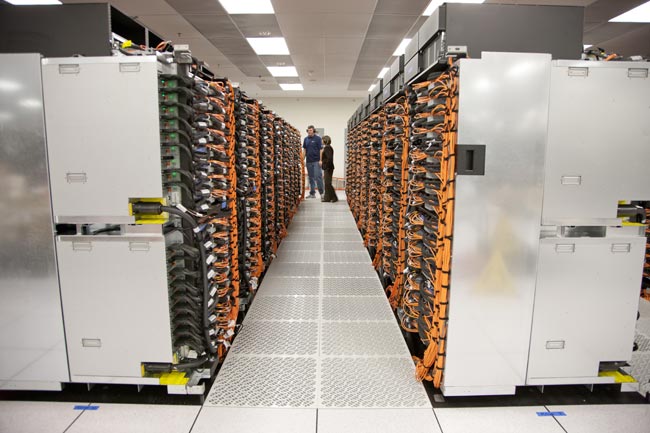India Aims To Take The “World’s Fastest Supercomputer” Crown By 2017
A plan submitted to the government asks for a nearly $900 million investment that would produce an exaflop-rated machine 61 times faster than the world's current fastest supercomputer.

India’s government-backed computing agency has submitted a plan to the government there that calls for a massive investment in next-generation supercomputing power. The proposal, which calls for an investment of more than $870 million over five years, claims that it can rocket India to the very peak of the TOP500 list, the twice-a-year tallying of the fastest computing platforms in the world. In fact, the proposal says that these exaflop-range machines will be a full 61 times faster than the fastest existing machine.
That machine is currently Sequoia, an IBM-built supercomputer residing at the U.S. Department of Energy’s Lawrence Livermore National Laboratory that has demonstrated 16.32-petaflop speeds. A petaflop represents a thousand trillion floating point operations per second. The next step up (and the current holy grail of supercomputing) is an exaflop-capable machine that can execute one quintillion operations per second. One exaflop is equivalent to a thousand petaflops.
Jumping to the exaflop scale in just five years would truly be a leap forward for India. It’s current highest-ranking machine on the global TOP500 is in the 58th position, but when it comes to computing India has historically proven scrappy and ready to innovate on its own. The Center for Development of Advanced Computing (C-DAC), the agency behind the proposal, was established in the late 1980s after it was stonewalled by the West in its attempt to purchase advanced supercomputing systems.
While India’s homegrown supercomputing industry hasn’t dominated the field the way the U.S., China, Japan, and Europe have, it has certainly kept India in the running even without the technology transfers it sometimes desired. If adopted, the plan could set a course for India to climb further up the TOP500 rankings if not all the way to the top (its competition won’t stop working between now and 2017, after all). And if anyone has the chops to plow ahead in this field with or without help from abroad, it’s India.